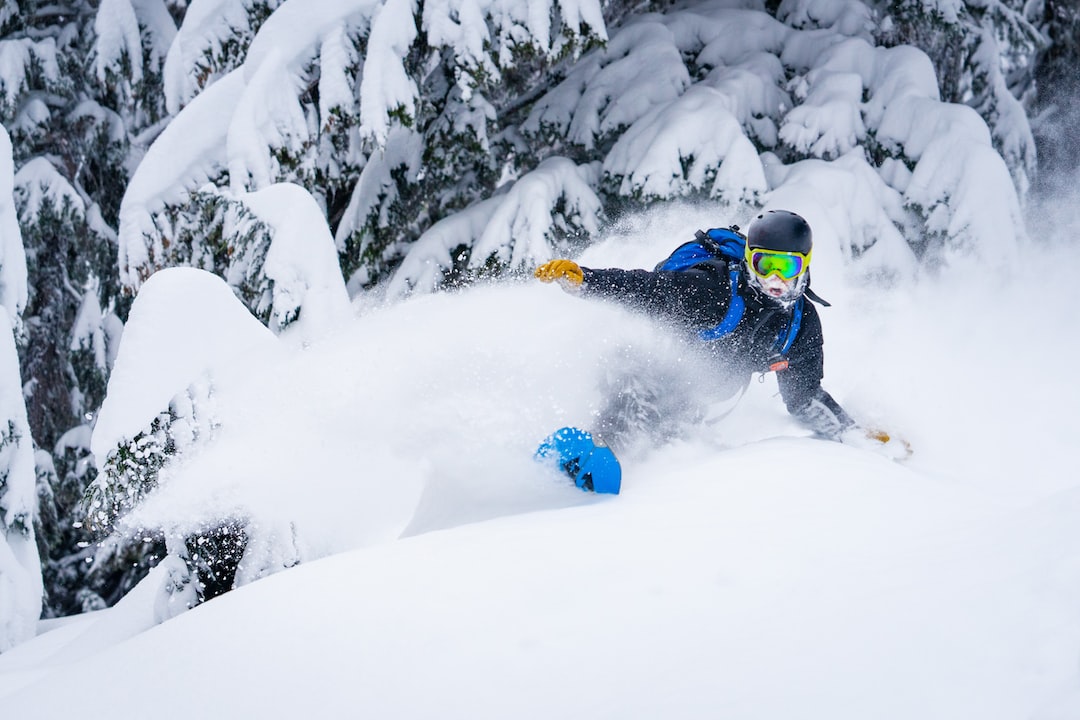Racewalking is a unique sport that combines both speed and technique, making it challenging yet rewarding for those who participate. While many may think of racewalking as merely fast walking, it is actually a highly specialized discipline that requires specific techniques and training methods. In this blog post, we will explore the secrets of successful racewalking, including the techniques used by elite athletes and essential training tips for aspiring racewalkers.
First and foremost, mastering the proper racewalking technique is crucial for success in the sport. Unlike running, where both feet are off the ground at one point during each stride, racewalking requires one foot to be in contact with the ground at all times. This is known as the “no-flight” rule, and any violation will result in disqualification. To achieve this, racewalkers must maintain a consistent stride that smoothly transfers their body weight from one foot to the other.
One key element of racewalking technique is the heel-to-toe roll. When racewalking, the heel should make contact with the ground first, followed by the rolling motion where the weight is transferred to the ball of the foot and then to the toes. This rolling action helps propel the racewalker forward efficiently, maximizing speed while reducing the risk of injury.
Another fundamental aspect of successful racewalking technique is maintaining an upright posture. Keeping the back straight and aligning the hips, shoulders, and head in a vertical line is crucial for optimizing forward momentum and efficiency. Leaning forward or backward will not only slow the racewalker down but also increase the risk of disqualification due to an improper technique.
In addition to mastering the correct racewalking technique, a comprehensive training program is necessary to excel in the sport. Endurance plays a significant role in racewalking, as races can range from 5 kilometers to 50 kilometers. Incorporating long-distance walks into your training routine will improve cardiovascular fitness and build stamina.
Interval training is also essential for racewalkers. Alternating between periods of high-intensity walking and lower-intensity recovery walks allows racewalkers to build speed and improve their anaerobic capacity. A common interval training method used by racewalkers is the “stride and glide” technique, where the stride length is increased during high-intensity intervals while maintaining a controlled walking motion.
Strength training is another crucial aspect of racewalking preparation. Targeting specific muscles used during racewalking, such as the calves, quadriceps, glutes, and core, will not only improve overall strength but also enhance stability and maintain proper form throughout a race. Incorporating exercises such as squats, lunges, and calf raises into your routine will help develop these muscle groups.
Flexibility and mobility training are also important for racewalkers. A wider range of motion in the hip, ankle, and upper body allows for more fluid movements and reduces the strain on muscles and joints. Regular stretching, yoga, and Pilates sessions can greatly improve flexibility, preventing injuries and enhancing performance.
Lastly, mental preparation is vital for successful racewalking. Developing mental toughness, focusing on goals, and visualizing success will help racewalkers maintain a competitive mindset during races and overcome challenges. Setting realistic and achievable short-term and long-term goals also provides a sense of direction and motivation throughout training.
In conclusion, racewalking demands a combination of proper technique, dedicated training, and mental fortitude. By mastering the mechanics of racewalking, incorporating a balanced training regimen, and adopting a competitive mindset, aspiring racewalkers can unlock their full potential in this exciting sport. Remember, racewalking may be a lesser-known discipline, but its secrets and rewards are waiting to be discovered by those willing to put in the effort.

